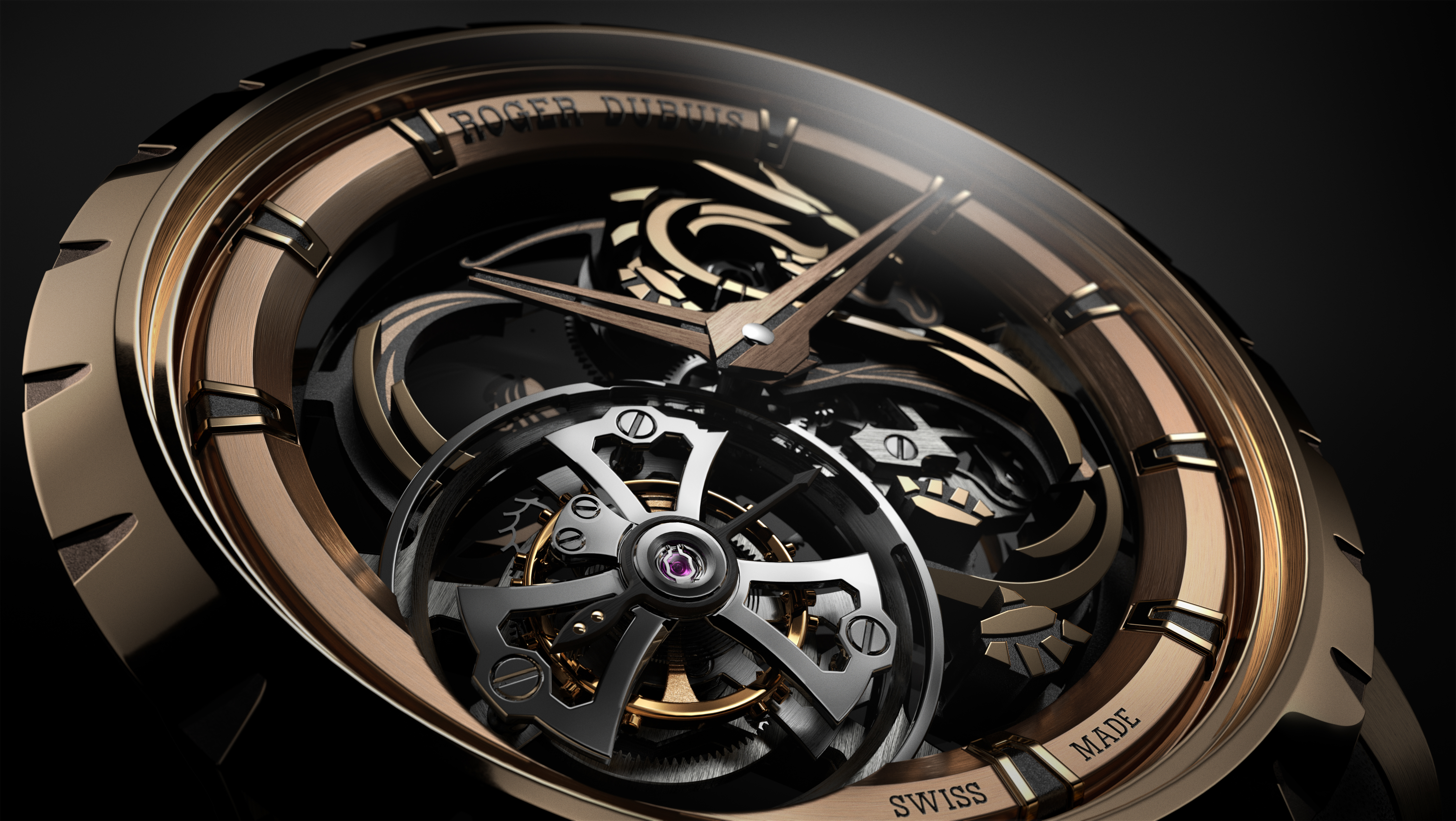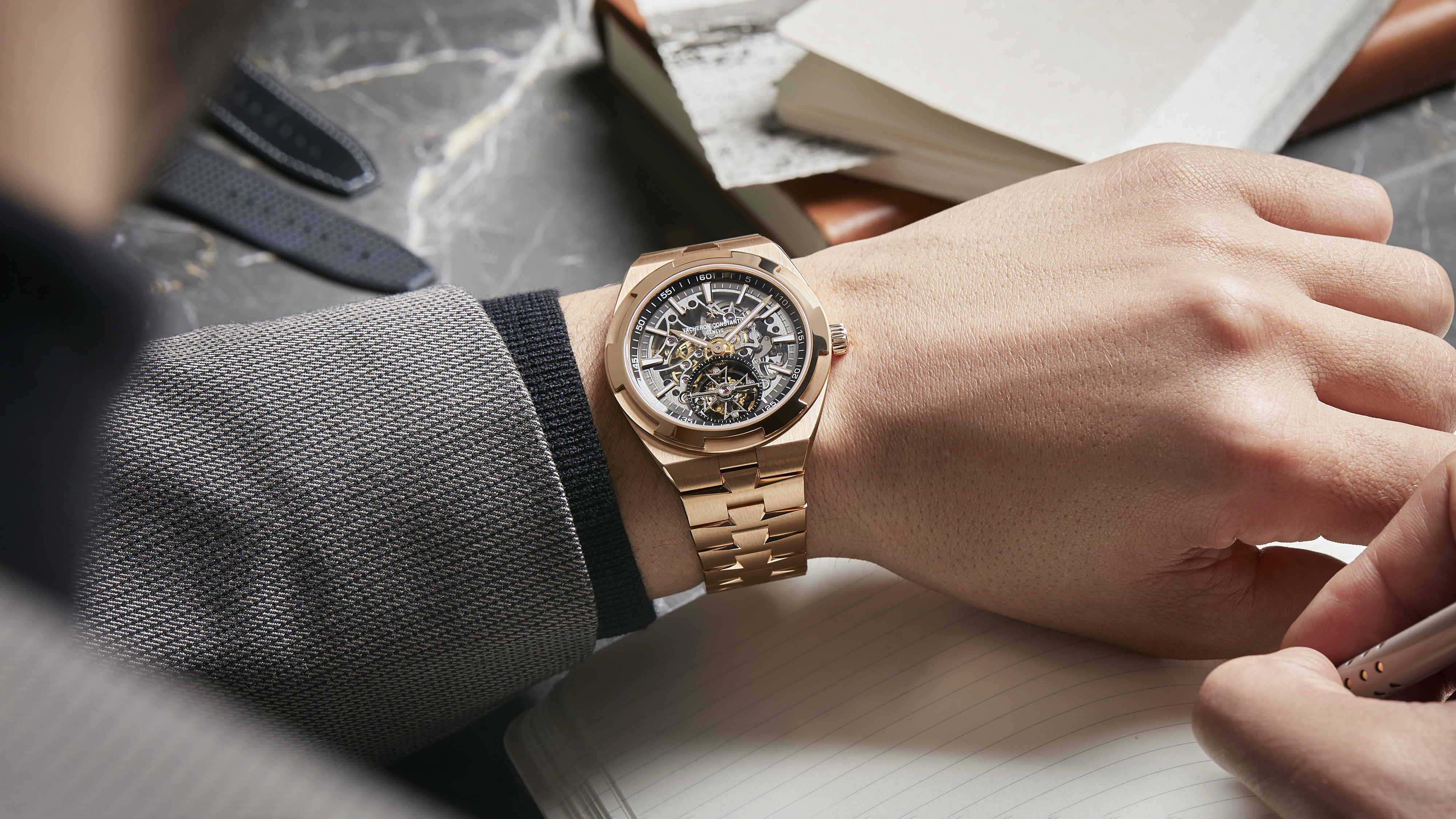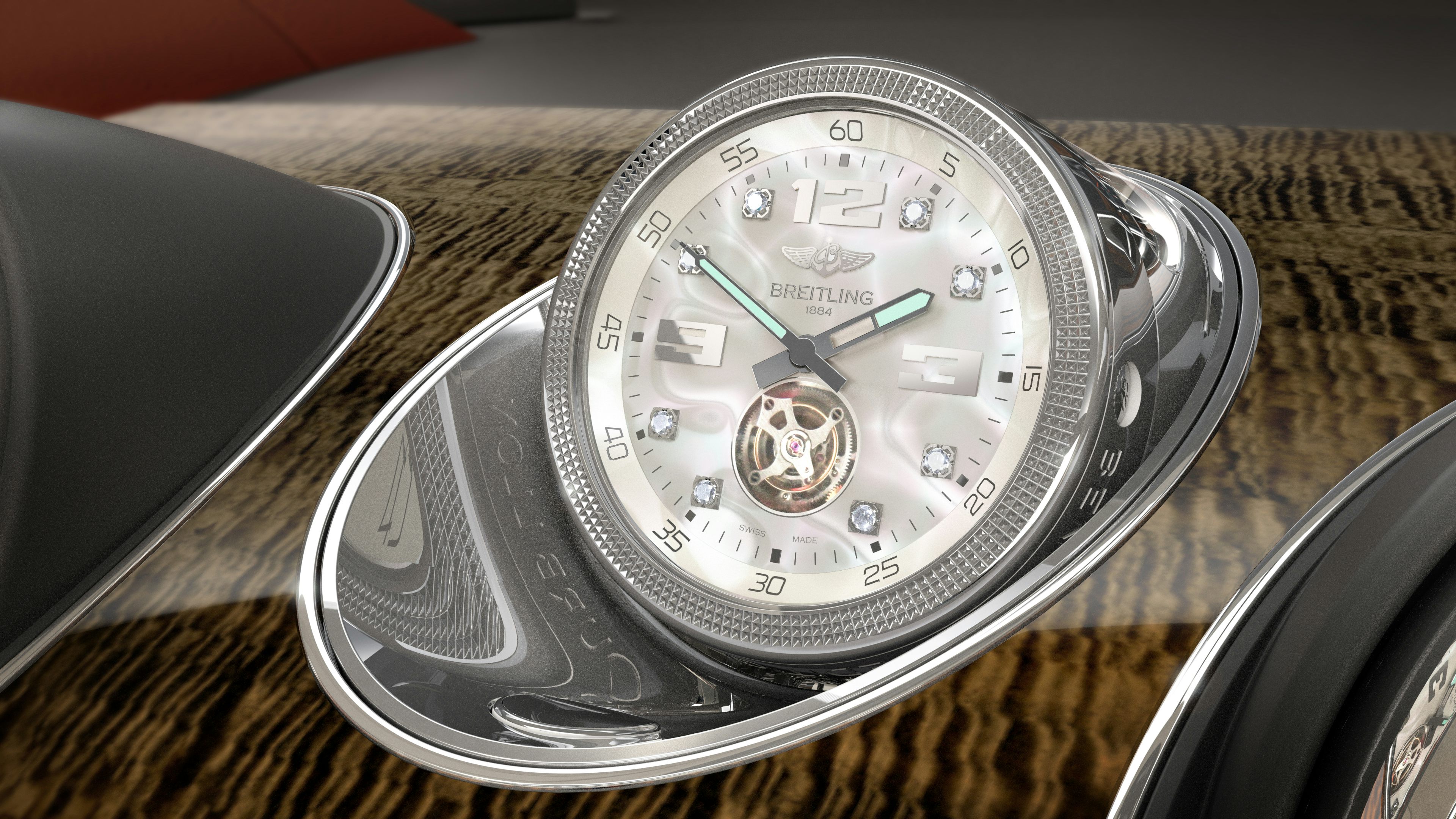
A chef once joked to me that the secret ingredient to a fillet mignon was an extra 20 quid. It would be easy, albeit a little churlish, to suggest the tourbillon movement could be subjected to a similar observation, but with a punchline of one or two extra zeros. Perhaps even an entire comma.
Tourbillon watches generally start at around £20,000 and quickly head off into the land of six or even seven figures. Bentley once offered a self-winding tourbillon clock on the dashboard of its Bentayga SUV for £150,000. That was the price of the clock, by the way, not the car.
So why are tourbillons so expensive? The glib answer is because, well, that’s what people are willing to pay. But it’s also because of their extreme complexity and their prominent place in watchmaking history.
The tourbillon movement was created by Abraham-Louis Breguet in 1795 and patented by the Swiss watchmaker in 1801. Like all good inventions, the tourbillon was created to solve a problem – in this case, how the pull of gravity interferes with the moving components of a mechanical pocket watch. Since the timepiece almost always remained in the same position, hung from the owner’s pocket, its delicate movement was subjected to gravity in one direction, causing inaccuracies.

Breguet calculated that, if the watch movement was constantly in motion (remember, this is a decade before the invention of the wristwatch, also by Breguet, in 1810) then its delicate components would never be pulled in one direction for long. This resulted in the tourbillon movement, which houses the watch’s so-called ‘regulating organs’ – that’s the balance, balance spring and escapement – in a cage that constantly spins.
This spinning means gravity wouldn’t pull the regulating organs far in any one direction and positional errors would, in theory, be averaged out as it spins, helping the watch keep more accurate time. Both the movement and the spinning cage draw their power from the mainspring, which is recharged in the normal way, either by manual winding of the crown or automatically with the spinning of a rotor.
And so the tourbillon – French for whirlwind, owing to the frantic movement of the spinning cage housing a ticking movement – was born. Given the complexity and genius, on show, watchmakers like to make their tourbillons visible on the dial. Often the entire cage is placed front-and-centre, as visible as the time itself.

Are tourbillon watches more accurate? Breguet would argue that yes, of course they are. But remember he was concerned about the small inaccuracies caused by gravity pulling at the components of a watch movement worn on a stationary pocket, not the constantly moving wrist. We’re not talking about masses of lost or gained time here. And in any case, the phone in your pocket (or the £10 quartz Casio on your wrist) is far more accurate than any mechanical watch, tourbillon or otherwise.
As ever with watchmaking, the beauty (and the value) is in the extraordinary complexity, the design and in taking the road less travelled for the sheer hell of it. Why do watchmakers still produce complex tourbillon movements and charge a fortune for them? Because they can.
Today, instead of acting as proof of a watch being more accurate than its lesser peers, a tourbillon cage prominently displayed on the dial is like a watch showing off its mechanical movement through an exhibition case back, only a few steps further up the food chain.







